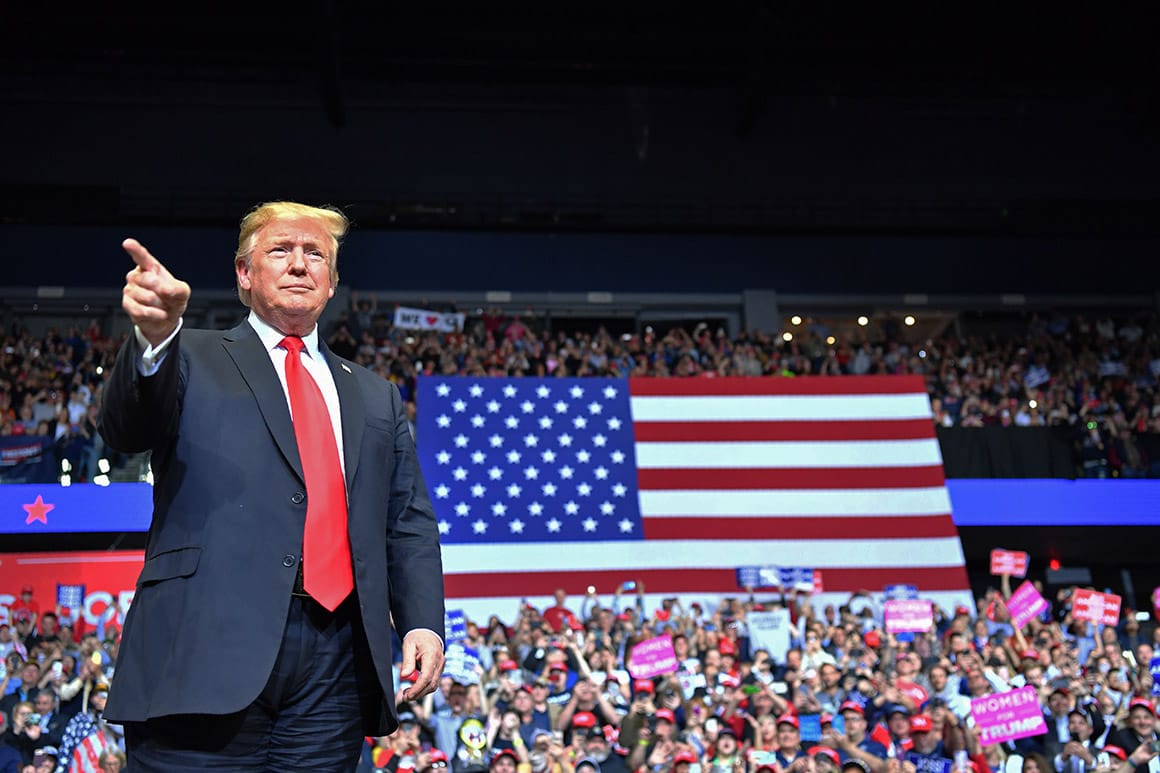The Republican Party is currently grappling with a lack of clarity regarding its approach to a reconciliation strategy. This comes as former President Donald Trump’s stance on the issue appears to be wavering, causing confusion and internal disagreement within the party. The situation underscores the significant influence Trump continues to wield over the GOP, and the difficulty that Republican leaders face in forging a consistent and unified plan on crucial legislative and political matters.
The term “reconciliation,” in a political context, refers to a specific legislative process within the United States Senate. This procedure allows for certain types of budgetary bills to be passed with a simple majority, rather than the usual 60-vote threshold, and is often used to expedite the passage of key policy priorities. For the Republican Party, a reconciliation strategy would be a vital tool in addressing various political and policy goals, such as tax cuts, spending revisions, and healthcare reform. The lack of a clear approach due to conflicting viewpoints creates a hurdle for the party.
Republican lawmakers and strategists are reportedly divided on how best to navigate this situation. Some members advocate for adhering to a strict fiscal conservative approach, while others are more inclined towards a more populist approach often associated with the Trump era. This internal divide is exacerbated by the former President’s evolving commentary on reconciliation, which has left many unsure about the party’s direction. Trump’s remarks, often delivered through rallies, social media, or interviews, have introduced an element of unpredictability and compounded the challenges for those within the Republican party attempting to establish a consistent strategy.
The evolving views of Donald Trump have become a significant factor in the party’s current predicament. His consistent presence in the political arena, whether directly or indirectly, makes his pronouncements a constant consideration for the Republican Party. This continued influence, even outside of holding public office, demonstrates the lasting impact of his political brand and leadership style. The absence of a singular, unified message coming from the party has raised concerns amongst voters. These internal disagreements raise the question of whether the party will be able to present a united front ahead of future elections.
Some GOP members are attempting to bridge the divide by proposing compromises and finding common ground among the diverse factions. These efforts, however, appear to be hampered by the ongoing uncertainty surrounding Trump’s position and the lingering effects of the ideological split within the party. The inability to agree on a clear path forward raises fundamental questions about the Republican Party’s ability to effectively respond to major political challenges.
The ongoing reconciliation strategy debate serves as a microcosm of broader challenges within the Republican Party. These challenges include, but are not limited to, defining the party’s ideological center, balancing the influence of different factions, and determining the party’s overall political direction. The lack of clarity on the reconciliation front could potentially undermine the Republican’s ability to present a clear and coherent political identity to the electorate. Republican strategists are being compelled to weigh the political risks associated with taking a definitive stance. This is in the light of a rapidly shifting political landscape and the continued presence of former President Trump as a powerful influence within the Republican party.
The evolving situation presents a unique challenge for Republican leaders, who must navigate both internal divisions and the need to present a unified front to the public. This requires a combination of political skill and strategic vision as they attempt to find a consensus that is agreeable to the various factions within the party. The reconciliation strategy debate is proving to be an important test case for how the Republican Party will handle other significant political questions in the coming months and years.
The situation also highlights the continuing impact of Trump’s leadership style and policies within the Republican Party. This lingering influence, coupled with his fluctuating position on key issues, creates a complicated landscape for GOP members seeking consistency and direction. Party leaders are now tasked with the difficult job of establishing a clear path forward and maintaining party unity while also factoring in the political reality of Trump’s ongoing presence.
The need to develop a sound, cohesive reconciliation strategy becomes ever more important as the political landscape continues to evolve. Republican leaders face the task of bringing the party together, overcoming internal disagreements, and establishing a clear plan that can effectively address policy priorities. The lack of consensus on this particular issue may affect the Republican Party’s capacity to effectively accomplish their legislative and political goals, therefore underscoring the importance of establishing a clear strategy going forward.



